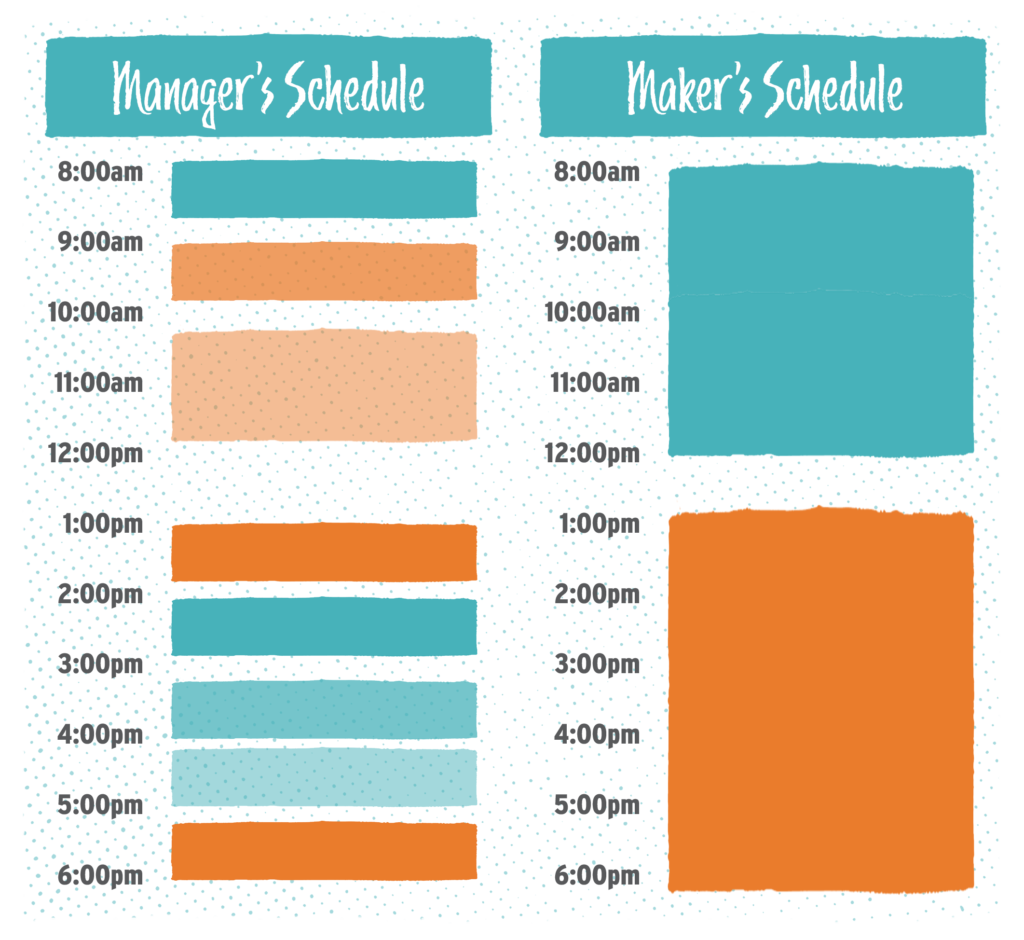Repeatable Creativity: How Innovators, Entrepreneurs, And Makers Cultivate Their Most Important Asset
by Dr. Angelique Adams, CEO, Angelique Adams Media Solutions, LLC.
For the past 20 years, I’ve led large teams of scientists and engineers whose mission was to generate hundreds of millions of dollars in new products and processes. In that space, I was called an innovator. Now, I have my own business, building the next generation of innovation leaders, as an author, speaker, consultant, and online course creator. In this space, I am referred to as an entrepreneur and content creator.
Large corporate innovation and solo content creation are different in many ways: budget size, team size, project size. But at the basic level they are the same: they require access to creativity on a consistent and repeatable basis.
Whether you call yourself an innovator, entrepreneur, creator, or maker, whether you’re on your own, in a small team, or in a large organization, there is one key element we all share in common. If we’re going to survive and thrive , we have to harness repeatable creativity.
“Creativity is just connecting things.”
…Steve Jobs
I have found that there are three pillars to repeatable creativity:
1. Protect your creative environment.
2. Record and celebrate your wins.
3. Build your team of mentors.
First: Protect your creative environment.
The creative environment is your space and your time. In my experience, space is the part that gets the most attention. We creatives seem to have a sense of the area around us where we feel the most energized. Whether it be clear or cluttered, bright or dark, quiet or loud.

In my case, I need two distinct environments. For inspiration and ideation, I need visual and auditory stimuli (e.g. people, music, art, nature, etc). I especially like wandering through international grocery stores for that purpose. For creating content, I need the absence of stimuli. I turn the same jazz playlists on repeat, and I put a giant rolling white board in front of me to block out the rest of the room. I occasionally get up and doodle on it if I can’t find the words to convey my thoughts. Sometimes pictures and flow diagrams help me.
If you can work well in the space you have, don’t change it. If you feel yourself fleeing your environment, you might want to reevaluate your situation. Consider keeping a journal about the different spaces you work in and how they make you feel. Over the course of a couple of weeks, you can gather enough information to make informed decisions about what you need.
The part of the creative environment that is often overlooked is time. In an iconic blog post Paul Graham of storied startup accelerator, Y-combinator, discussed a time dilemma: managers like short blocks of time to take meetings, and makers (specifically coders in this case) like long blocks of time to be creative.

A manager’s schedule can accommodate task switching, but a maker’s schedule is most productive when long periods of time can be spent on a single project.
Almost every innovator, subject matter expert, maker, or creative type that I know feels deficient in “makers time”. Not enough time to do experiments, analyze data, read, write, paint, shoot video, etc. They complain about not being able to do their REAL work because they don’t have control over their schedule.
Here are a few strategies that have worked for me and my clients.
- Schedule short duration activities and errands back to back, in “batches” so you can free up larger blocks of maker’s time.
- If you are in a traditional organization with managers, look out 3-4 weeks from now and schedule a 3 hr. block. Name it something professional. Not, “me time”. Make it recurring for 8 weeks. Be flexible, give up the time, if your boss or colleagues need it.
Record and celebrate your wins.
Creativity is a high- risk endeavor. So much of our efforts don’t work out. The chemistry, physics, or material science might not work as we hypothesized. Costs might be higher than expected. Tastes of the target customers might have changed. What that means is we fail a lot. If we get stuck in failure, our motivation wanes. That is why celebrating and tracking wins is critically important.
Don’t just take my word for it. According to Harvard researcher Teresa Amabile, of all the things that can boost emotions, motivation, and perceptions during a workday, the single most important thing is making progress in meaningful work. And the more frequently people experience that sense of progress—even a small win—can make all the difference in how they feel and perform. She and coauthor Steven Kramer go on to say that the act of writing it down releases mood-enhancing chemicals in our brains.
I recommend that you write these wins down in a list that I call an Accomplishments Inventory.
The key is to track four important pieces of information:
Accomplishments Inventory

Done right, it can serve as a multipurpose powerhouse. If you work in an organization, it can be used to ace your next performance review and stand out in your next interview. If you are an entrepreneur, it can be used to wow the media and investors (you don’t always have time to run through your pitch deck). And it can help all of us bounce back from the inevitable setbacks associated with living a creative life.
Celebrate your accomplishments, as an individual and as a team. When you celebrate as an individual, decide what has meaning for you and just do it. When you celebrate with the team, be mindful of your choices. As I am doing research for my upcoming book on leading diverse talent, one of the ways leaders inadvertently exclude people is by their choice of celebration rituals. Here are a few things to consider:
- Time of day. Don’t ALWAYS celebrate during times when the caregivers on your team are helping the very young and the very old.
- Location. Don’t ALWAYs celebrate in locations that don’t have the diversity represented within your team.
- Type of activity. Don’t ALWAYS choose the same activity (alcohol, vigorous physical activity, sporting events).
- Cost. Don’t ALWAYS celebrate with activities that require out of pocket expenses.
By taking time to reflect on your celebration rituals, and solicit input from your team, you can ensure that everyone is benefiting from this important activity.
Build a team of mentors
There are many advantages to having mentors. You’ll have the guidance you need to set appropriate goals. You’ll gain the necessary tools in time to use them. You have access to your mentor’s contacts. You receive an unbiased, yet experienced, opinion. When you don’t have mentors, you set yourself up for frustration or worse. “The entrepreneurs that fail, do so because they don’t seek help. They try to do everything on their own”, said Jim Biggs, Executive Director of the Knoxville Entrepreneurship Center.
According to two recent surveys, only 22% of small business owners and 40% of professional employees have mentors,. Given the benefits of mentors, why do so few people have them?
It’s not entirely clear. I’ve had mentors, not had mentors when I really wanted them, and now I am a mentor to entrepreneurs and professionals in organizations. Here is what I see. Entrepreneurs and small business owners are isolated and don’t know where to find mentors. People inside organizations know who they want to have as mentors. But they think they can’t ask. They think they have to be chosen.
My work with senior leaders for my upcoming book on women in college athletics helped me figure out how to overcome these two obstacles. They consistently build a team of mentors by assessing what they need, seeking out people to help them (other teams, professional societies, social media, etc.), and then they ask for help. They see mentors as an extension of their professional networking. Sometimes those interactions turn into long term relationships. Sometimes they don’t. But the support and advice is valuable either way.
It takes a bit of a mindset shift: Don’t wait to be tapped on the shoulder, be proactive, and don’t expect long-term commitments.
Whether you call yourself an innovator, entrepreneur, creator, or maker, having a great idea is what gets you in the game. Having great ideas over and over again is how you keep playing, and it doesn’t just happen by luck or willpower. Repeatable creativity requires ongoing, intentional practice and attention. When you protect your creative environment, record and celebrate your wins, and build your team of mentors, you nurture your creativity for life.
Dr. Angelique Adams is a KEC board member, and CEO of Angelique Adams Media Solutions, LLC a leadership consultancy for professionals in engineering and the sciences. She is author of You’re More Than A Diversity Hire: Women in STEM, Amazon’s #1 career guide for women in technical disciplines. Follow her on social media at https://www.linkedin.com/in/angeliqueadams/


